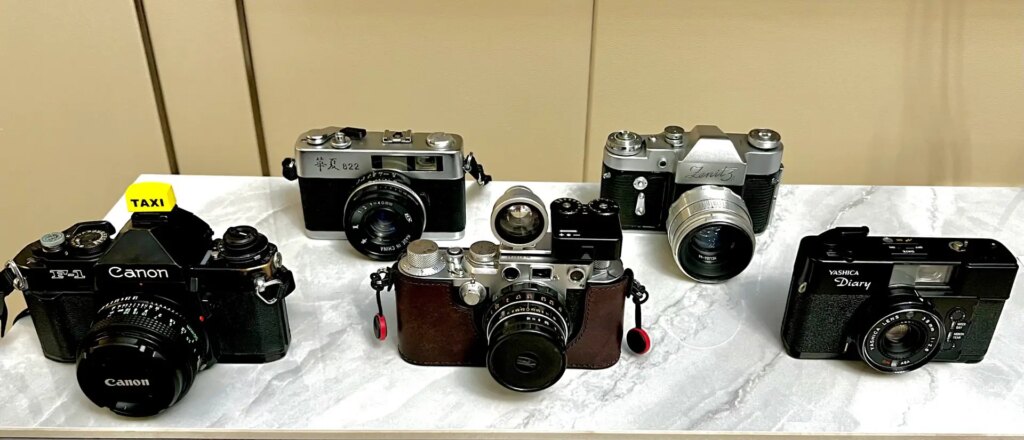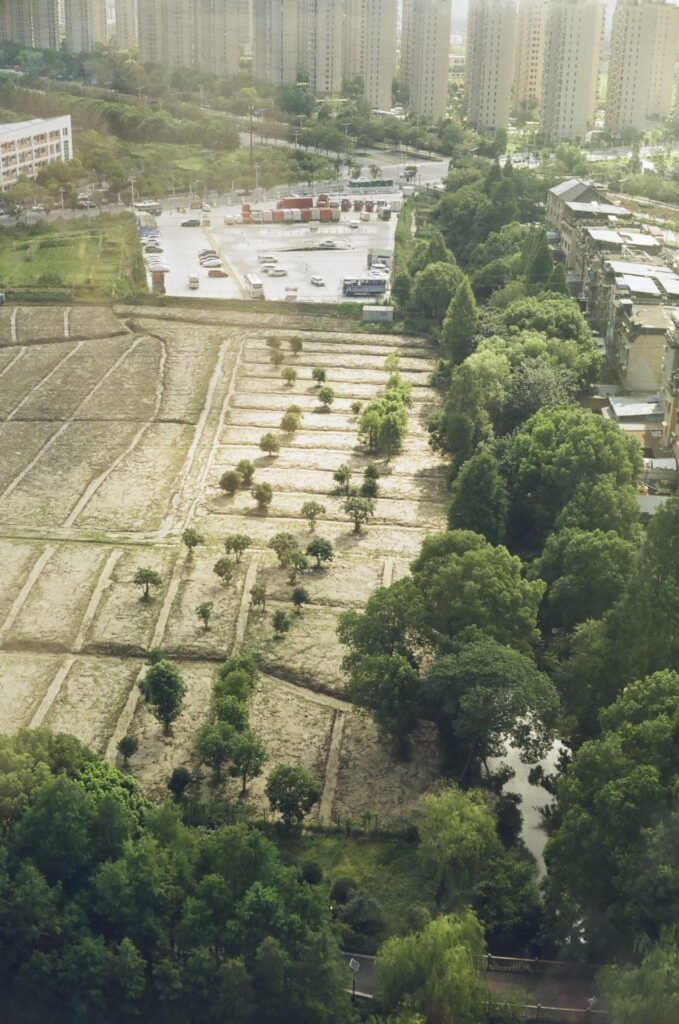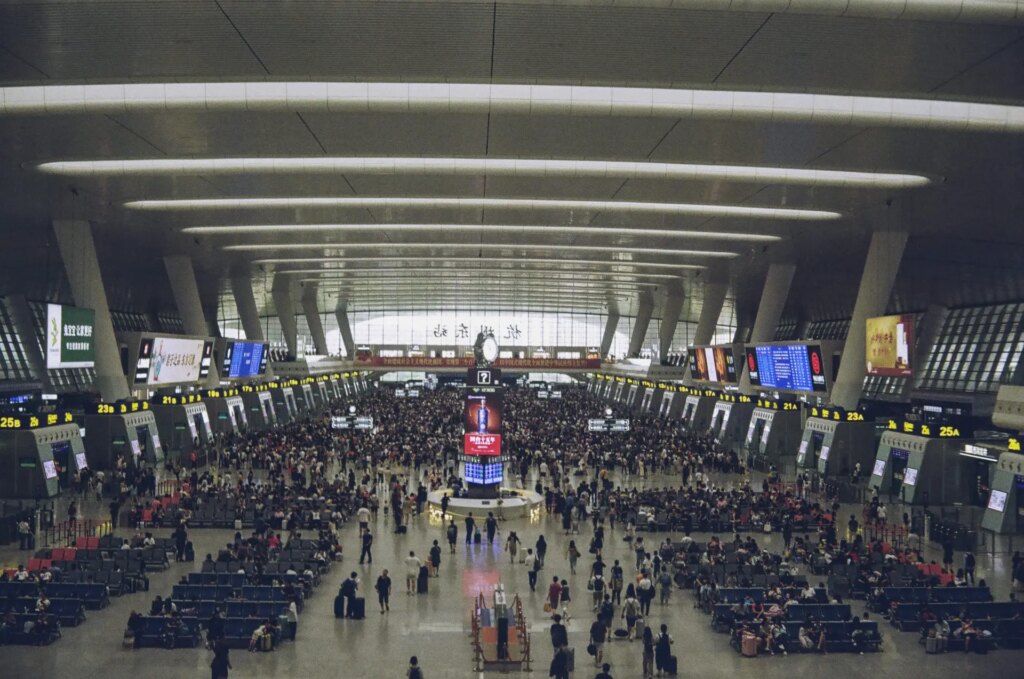To kind of half-quote my favourite TV show: You best put seatbelts on your eyes Roy, because I’m about to write a long article. ( If you know which show I’m quoting, then you’ve automatically gained points in my imaginary points book that doesn’t really exist and I just made up to try make this slightly more funny.)
The idea: Try out as many film cameras and film stocks as I possibly can, to learn as much as I possibly can and share that with other photography enthusiasts.
I’m very wet behind my ears when it comes to film photography. (I’ve Been doing it for two months at the time of writing this.) I’m also slightly damp behind the ears when it comes to photography in general, been focusing and pressing shutters since August 2020.
I got in heavy and sank even heavier into the art form, it’s sort of consumed me in a good way. I’ve lost myself in it and have found inspiration and beauty from it.
I’ve spent countless hours on YouTube watching every photography video I could, and devoted weeks to studying photography and videography through NYiP but nothing has come close to teaching me an iota as much as going out and just making stuff. Getting outside into the active world and trying to create something from the moments that paint themselves out in front of me with my camera has been my greatest textbook, teacher and tutor.
I’m trying to pursue that now as I delve into film photography and I’m thinking I could share my thoughts and results on my Instagram using the hashtags #filmcameratryouts & #filmstocktryouts and hopefully, here on 35mmc too.

 I’ve already purchased about 25 different kinds of film and tested a few rolls like Kodak Gold 200, Oriental Seagull 100 and 18 years Expired Fujichrome Velvia 50.
I’ve already purchased about 25 different kinds of film and tested a few rolls like Kodak Gold 200, Oriental Seagull 100 and 18 years Expired Fujichrome Velvia 50.
Here is a list of some of the film stocks I have waiting for me to shoot:
Lomography Lomochrome Purple
Lomography Lomochrome Turquoise
Lomography Earl Grey Black & White
Lomography Lomochrome Metropolis
Lomography Berlin Black & White
Lomography Potsdam Black & White
Fujifilm Superia 400FT
Fujifilm Superia X-TRA 400
Aeronega 100 Alien Film
Kono Original Mirage
Kono Original Moonstruck
Alien Film Fomapan 400
Cinestill 800T
Rene Selection 5207 (Kodak Vision 3 250D)
Shanghai GP3 100 Black & White
Film Never Die IRO 400
VIBEphoto 400 Black & white
NARA 5219 (Kodak Vision 3 500T)
Kodak Ultramax 400
ILFORD PAN 100 Black & White
ILFORD HP5 Black & White
ILFORD PAN 400 Black & White
Kentmere PAN 100 Black & White
Ektachrome 100

I’ve also purchased a few film cameras :
A Huaxia 822 40mm fixed lens camera which I shared a POV-style street photography video with it.
A Yashica Diary semi-automatic pocket shooter with a fixed 38mm lens.
A Canon F-1n with a 50 f1.8 Canon lens as well as a Tamron 35-70 telephoto lens.
The historic Barnack Leica iiif with a Helios 44 f2, Industar 55 f2 and a Jupiter 8 50 f2 lenses.
A ZENIT 3M film camera from 1966.
And I’m awaiting the imminent arrival of my dad’s 40-year-old Pentax K1000se.
For the most part, I will only be testing the majority of these cameras out and thereafter would like to sell them on, hoping to bring excellent craftsmanship and photography into many more hands worldwide.
Now, onto my first foray into film with a Huaxia 822
My dad has a 40-year-old Pentax K1000se that he wanted to send me from South Africa to China through a friend who is moving here, however, she was awaiting her visa approval and I, being the stupendously impatient human that I am, got too excited and decided I will just look for a second-hand film camera here in China.
Well, it didn’t take long for me to find the Huaxia 822 online and pay ¥78 for it. (approx $8 at time of purchase.)
The Camera arrived and it looks and feels pretty sturdy, but aside from me being a complete novice at shooting film, It presented me with a few hurdles to stumble over.
Firstly, it is a rangefinder-style camera with no focus and depth of field preview, which is something I have no experience with at all having only shot digitally until now.

Secondly, it has a maximum shutter speed of 300ths of a second and narrowest aperture of f/16 which presents a very difficult problem trying to shoot Kodak Gold in daylight in Hangzhou during the summer.
Thirdly, the camera has no exposure metering capability and I’m pretty useless at guesstimating exposure settings.
My solution for the exposure metering is the Lightmate Exposure app, which was incredibly helpful and solved one of my problems although it was pretty awkward and frustrating to hold a camera and then take out my phone and try to get the exposure settings to dial in while the shot disappears.
My solution for the other problems was to just try my best to find more suitably exposed scenes and to guess the framing and focus distance by eyeballing it.

I shot the roll over a few days mostly during the day in and around Hangzhou and Shanghai and I managed to control the exposure well enough. (Well it’s only guessing and hoping until confirmed by the developed negatives.)
I got the roll and with much excitement, I poured over the results, They grew on me. The more I spent with them and tweaked the contrast ever so slightly a touch here or brought down the overall exposure there, the more I’d find my love for the images would grow.
I think to be fair the images mean a great deal to me. They are photos taken of what has been my wife and I’s home for the last 8 years and that means something. So it makes sense that I would automatically have a love for them.
I’ll let you decide if they mean anything to you.



The Film Camera & Stock Tryout Verdict:
Being a complete novice at film photography, the Hauxia 822 was not the easiest first camera to use. However, I was fortunate that I do have a basic understanding of photography basics and was able to use my prior knowledge to help make photos that I hoped would mean something to me. In the end, the photos came out beautifully and even though they could have more clarity and be sharper or better exposed and framed, what really matters about film photography or any kind of photography is that the image makes you feel something.
By that measuring stick, the camera worked out really well.

Kodak Gold is a beautiful film stock that does have a golden glow in its exposures. I can’t exactly say too much about the film at this time as I don’t really know what to expect but I can say that it does not have a heavy contrast and is not overly rich in saturation, the grain seems fairly minimal and adds a beautiful texture to the images.

The negatives came back with a lot of character and needed very minimal Lightroom work. (I find it funny how we’re now working on film negatives in Lightroom when they were always worked on in sealed-off rooms with no light called darkrooms.)

Random funny thought aside, I am very, very happy with the images I got with my Huaxia 822 and Kodak Gold 200. I am inspired and excited to move on with more tryouts of other filmstocks and cameras.
You can see my POV with the Huaxia 822 and Kodak Gold on YouTube at this link.
If you’re interested in my journey or seeing the results of my experiments or even if you have any filmstocks or cameras you’d like me to try, check out my Instagram or drop a comment below on this article.
Share this post:









Comments
Chenye Xiao on Huaxia 822 – Jumping into the Analog Deep End – My First Foray into Film
Comment posted: 24/11/2023
I think you can find that a lot of Chinese film cameras were copying famous models either from Japan or Germany, I don't know if this one has the same logic or not. A fun fact is that it was said that some Chinese copies were actually better than the original model, I think Phenix 凤凰 was one of these brands if you have a chance to acquire one in China, please have a try!
Comment posted: 24/11/2023
Comment posted: 24/11/2023
Jukka Reimola on Huaxia 822 – Jumping into the Analog Deep End – My First Foray into Film
Comment posted: 24/11/2023
You may be a novice phtographer, but seem to have gotten pretty good hang of it already! Nice pics. BTW, the Huaxia seems to have focus scale on the lens, so you can figure out the area of focus by utilizing the so called "zone focusing" system. A very nice tutorial can be found at:
https://www.ilfordphoto.com/zone-focusing/
(Written by our good man, Hamish!)
Comment posted: 24/11/2023
Jerry Scoby on Huaxia 822 – Jumping into the Analog Deep End – My First Foray into Film
Comment posted: 25/11/2023
I like your camera collection so far, and actually especially envy your acquisition of the Canon F-1n and the Leica IIIf. I was a bit surprised to say you don't intend to keep them, though I guess that does fit with your premise of trying as many cameras and films as you can. That would limit most of us on a budget to "recycling" our cameras in order to afford the next set of machines to try out.
Until I realized where you are located, I was thinking of volunteering to accept either or both of those cameras from you so you can move on to other beasts when the time comes. I'm in the U.S., in Arizona, on the other side of the globe and I'm just guessing that shipping from your part of the world might be prohibitively expensive!
Thanks for the update on your progress.
David
Comment posted: 25/11/2023
Carlos on Huaxia 822 – Jumping into the Analog Deep End – My First Foray into Film
Comment posted: 25/11/2023
Good enough to buy cheap take photos and send them back home to family from a military operation in Africa and later let the son learn photography with it.
But no! They were in no sense better than the original from which they were copied japanese that itself was a subpar copy of the original german camera.
But who cared in 1960.
Comment posted: 25/11/2023
Comment posted: 25/11/2023
Mark Ellerby on Huaxia 822 – Jumping into the Analog Deep End – My First Foray into Film
Comment posted: 27/11/2023
You said that 1/300th & f16 would be a problem for daylight. With an ISO 200 film that would be about right for bright daylight - do you know the "Sunny 16" rule?
Comment posted: 27/11/2023